Synergyzer: Can you tell us about your personal journey and how you came to be a part of Hashoo Group? What inspired you to pursue a career in the hospitality industry?
Haseeb A. Gardezi: My interest in the hospitality industry was sparked way back in the 90s during my visit to Hilton, Lahore (now Avari), where the impeccable demeanour of the reception staff caught my eye and their crisp burgundy-grey suits and warm energy greatly impressed me. Despite initial expectations to pursue a different path, fate led me toward the hospitality industry. I swiftly transitioned from an aspiring CSP Officer to Hilton’s Management Trainee, and later, in 1994, became Assistant Front Office Manager at Pearl-Continental Lahore, marking the beginning of my rewarding career with Hashoo Group.
Synergyzer: One of your notable achievements is introducing the concept of Franchise Management in the hospitality industry in Pakistan. What was the motivation behind this initiative, and how has it impacted the industry?
Haseeb A. Gardezi: Hashoo Hotels endeavours to remain Pakistan’s leading hospitality enterprise and continues to expand its portfolio of hotels through strategic joint ventures with new property developers and owners of hotels and resorts.
By emphasizing our operational efficiency based on our extensive, firsthand hotel management experience, we actively manage and operate hotels on behalf of owners, ensuring strict adherence to brand standards. Our responsibilities include optimizing hotel operations and delivering essential services. We currently run 29 hotels, operating under the brand name: Pearl Continental, Hotel One, and PC Legacy. Furthermore, we anticipate adding 23 more properties to our portfolio by the year 2026.
Synergyzer: Can you provide some insights into the current state of the travel and tourism industry in Pakistan and its recent trends?
Haseeb A. Gardezi: The travel and tourism industry in Pakistan is now regaining momentum, aligning with the global uptick in the tourism and travel sector following the downturn caused by COVID-19. There’s renewed energy and growth in the industry, with a particular emphasis on domestic tourism, a trend that has emerged in response to recent global challenges. Adventure tourism and cultural exploration are becoming increasingly popular as well, highlighting the multitude of diverse and rich experiences Pakistan has to offer.
A significant factor in this resurgence is the growing recognition of Pakistan’s culture of tourist hospitality. This aspect is crucial for international acclaim, as it underscores the country’s commitment to providing safe, affordable, and hygienic facilities for both local and international tourists. Such recognition not only boosts Pakistan’s image as a desirable travel destination but also plays a vital role in the continued expansion and development of its tourism sector.
Synergyzer: Hashoo Group has been a prominent player in the hospitality industry in Pakistan for many years. What factors do you attribute to the group’s enduring success in this sector?
Haseeb A. Gardezi: Hashoo Group’s sustained success in the hospitality industry can be attributed to its unwavering commitment to exceptional quality, a diverse portfolio of offerings, and strategic collaborations with investors and renowned brands. However, I believe that the true cornerstone of our enduring success lies in our adaptability and willingness to embrace change. Staying abreast of new trends and learning continuously are integral to our approach.
We substantially emphasize the exploration of varied business models and seek to nurture a dynamic, innovative team within our walls. This focus is particularly evident in our commitment to the youth, who bring fresh perspectives and energy to the industry. In addition to our 5-star/4-star Pearl-Continental Hotels & Resorts chain, our select-service 3-star chain, Hotel One, has become a thriving platform for young talent. Here, they have the freedom to introduce innovative ideas, contributing significantly to our growth and ensuring a robust future for the hospitality sector.
Synergyzer: How has digital marketing played a role in promoting Hashoo Group’s hotels and resorts, and what successful digital marketing campaigns have you implemented in recent years?
Haseeb A. Gardezi: Digital marketing has significantly improved our outreach and engagement, particularly through targeted social media campaigns, allowing us to offer bespoke packages and promotions to our target audience, including exclusive room packages, food and beverage deals, banquet hall reservations, and conference room promotions. Recently, Hashoo Hotels also introduced the PC Mobile App, a platform designed to revolutionize guest experiences through digitization, offering new features and ensuring guests have access to the best of our offerings.
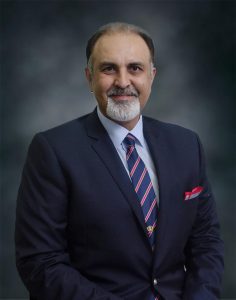
Synergyzer: Travellers today are increasingly looking for unique and immersive experiences. How does Hashoo Group differentiate its properties to offer distinctive experiences to guests?
Haseeb A. Gardezi: Hashoo Hotels offers a diverse portfolio of 5-star, 4-star, and 3-star hotels across major tourist and cultural hotspots in the country. We also have a variety of restaurants specializing in different cuisines to cater to varied tastes and preferences. Pearl Tours & Travel provides customized tour packages for guests to explore the country comfortably. Hashoo Hotels also provides exceptional venues for events like destination weddings and corporate retreats, offering picturesque natural backdrops and top-notch luxury hospitality services.
Synergyzer: Could you share some insights into Hashoo Group’s approach to sustainability and responsible tourism? How does this align with current market demands for eco-friendly and socially responsible travel options?
Haseeb A. Gardezi: Hashoo Group is committed to implementing green solutions and environmentally friendly practices in all aspects of its operations. We regularly spearhead community wellness initiatives such as tree plantation campaigns, promotion of paperless solutions, and encouraging community involvement aligning with eco-friendly travel trends. Under Murtaza Hashwani’s visionary leadership, Hashoo Group is working hard to achieve Net Zero (Emissions) goals by the year 2030.
Additionally, our Corporate Social Responsibility (CSR) vertical, Hashoo Foundation, has been actively advancing the green economy through a multifaceted approach, encompassing the promotion of SMaRT villages and the encouragement of environmentally friendly green tourism. Hashoo Foundation’s SMaRT Village project, implemented in Gurunjor and Minapin, Gilgit-Baltistan, thus far, has helped empower over 10,000 villagers.
By leveraging innovative technologies and community engagement strategies, the Hashoo Foundation has managed to significantly improve water quality, availability, and accessibility in regions facing water scarcity. Hashoo Foundation has also partnered with EveryWater, a Pakistani startup that develops water purification systems, to help provide clean drinking water to thousands of people in Chitral and Thakot, Khyber Pakhtunkhwa.
In a remarkable display of dedication to sustainable livelihoods and environmental stewardship, Hashoo Foundation’s Honey Bee Training program has recently achieved significant milestones. Spanning over 5,000 beekeepers across Pakistan, this initiative has successfully overseen the management of more than 15,000 beehives, yielding an impressive annual honey production of 150 metric tons. This endeavour is not only enriching livelihoods but also contributing to a greener, more vibrant ecosystem.
Synergyzer: Given the current competitive landscape, how does Hashoo Group approach brand positioning and brand loyalty to attract and retain customers in the hospitality sector?
Haseeb A. Gardezi: Our brand positioning is defined by seamless luxury and unmatched quality. In addition to our 5-star/4-star brand, Pearl-Continental Hotels & Resorts, delivering top-notch experiences across all the major cities of Pakistan, our 3-star select service brand, Hotel One, also provides exceptional, pocket-friendly guest experiences through 23 hotels across 16 locations nationwide. The Privilege Club, our loyalty and rewards program, offers the best deals and discounts for our loyal guests and is cultivated through personalized experiences and guest feedback integration.
Synergyzer: The concept of experiential marketing is gaining traction in the international markets. Can you share any examples of innovative marketing campaigns or initiatives where Hashoo Group has focused on providing memorable experiences to guests differently in Pakistan?
Haseeb A. Gardezi: The Hashoo Group in Pakistan is implementing innovative experiential marketing initiatives to provide guests with unforgettable experiences. These include an exclusive Chef’s Table concept, Destination Dining and Wedding Packages, hosting Jeep Clubs and Harley-Davidson Owners Groups, and collaborating with Shaukat Khanum Memorial Cancer Hospital for breast cancer awareness. Additionally, the group hosts regular Movie Nights, Food, and Art Festivals to showcase local talent and cuisine.
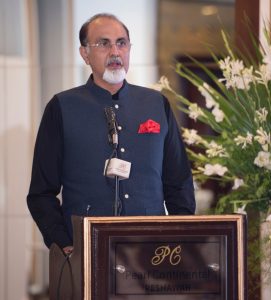
Synergyzer: Hashoo Group is known for its premium 5-star hotels. How does the group maintain the high standards of service and amenities across its properties, and how is this reflected in its marketing strategy?
Haseeb A. Gardezi: We uphold high standards of service and amenities through a meticulous approach. Our commitment to excellence is rooted in rigorous training programs for staff, ensuring that every team member is equipped to provide top-notch service. Additionally, regular quality assessments across all Hashoo Hotels ensure that these high standards are consistently met and maintained. In our marketing strategy, we skillfully showcase these elements at every turn. By highlighting the exceptional service, luxurious amenities, and unique guest experiences available at our properties, Hashoo Group’s marketing efforts effectively communicate the premium quality and attention to detail that guests can expect during their stay.
Synergyzer: Hashoo Group also expanded into the education sector; what is the inspiration behind establishing the Hashoo School of Hospitality Management (HSHM)?
Haseeb A. Gardezi: Mr. Sadruddin Hashwani, the Chairman of Hashoo Group, has always envisioned spreading the knowledge of hospitality and tourism across Pakistan. This dream manifested in the establishment of the Hashoo School of Hospitality Management (HSHM) in Islamabad, a venture that received an overwhelmingly positive response despite the significant challenges posed to the hospitality industry by the COVID-19 pandemic. Inspired by this success, the initiative has now been extended to Peshawar through a collaboration with IMSciences, where the idea to further expand across other Pakistani cities was conceived.
Following this vision, HSHM forged partnerships with Iqra University in Karachi and Beaconhouse National University (BNU) in Lahore, making significant strides in bolstering hospitality and tourism education nationwide. This expansion is not just about geographical reach; it’s about ensuring that hospitality and tourism literacy effectively permeates every corner of the country.
Hashoo Hotels is offering job placements to students who complete their programs, fostering a new generation of hospitality leaders in Pakistan.
Synergyzer: In light of the current global challenges, how does Hashoo Group envision the next decade for the travel and tourism industry in Pakistan, and what role will marketing play in this vision?
Haseeb A. Gardezi: The unprecedented events of 2020, followed by the devastating floods, severely impacted the tourism industry in Pakistan. However, as travel gradually returns to normalcy, there’s a growing optimism within the Hashoo Group about the resilience and recovery of Pakistan’s tourism sector. We believe that the coming decade will be a time of significant rebound and growth for the industry.
In this period of resurgence, marketing will play a pivotal role. The focus will be on highlighting Pakistan’s rich, yet largely untapped, potential to the global audience. Our aim is to draw international visitors by showcasing the country’s diverse landscapes, rich cultural heritage, and unique experiences. With strategic and innovative marketing efforts, the Hashoo Group is committed to leading the charge in revitalizing and elevating Pakistan’s position as a premier travel destination on a global scale.
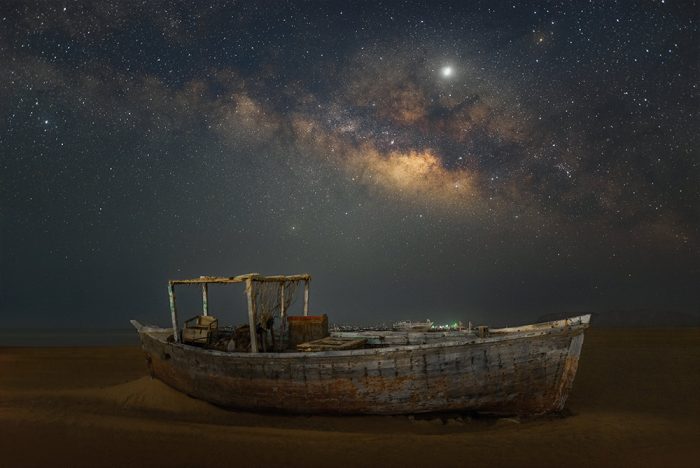
 Shehzad Mohammad: Hailing from Pasni, Balochistan, and presently residing in Lyari, Karachi, my journey has been markedly shaped by these varied locales. Each region presents unique landscapes and cultural wealth, accompanied by distinct opportunities and challenges for a budding photographer. Pasni, with its tranquil coastal vistas and vibrant local customs, provided an exceptional backdrop for refining my photographic skills. It instilled in me an appreciation for the nuances of natural light and the beauty inherent in everyday moments. However, it was in Lyari, amidst the lively urban landscape of Karachi, that I wholeheartedly embraced the dynamic realm of fashion photography.
Shehzad Mohammad: Hailing from Pasni, Balochistan, and presently residing in Lyari, Karachi, my journey has been markedly shaped by these varied locales. Each region presents unique landscapes and cultural wealth, accompanied by distinct opportunities and challenges for a budding photographer. Pasni, with its tranquil coastal vistas and vibrant local customs, provided an exceptional backdrop for refining my photographic skills. It instilled in me an appreciation for the nuances of natural light and the beauty inherent in everyday moments. However, it was in Lyari, amidst the lively urban landscape of Karachi, that I wholeheartedly embraced the dynamic realm of fashion photography.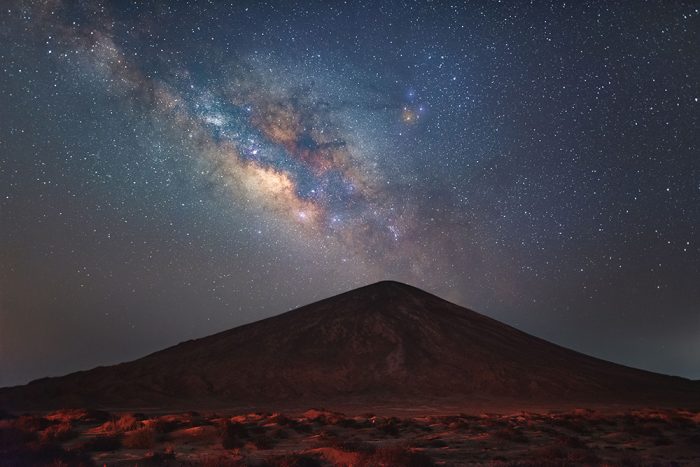

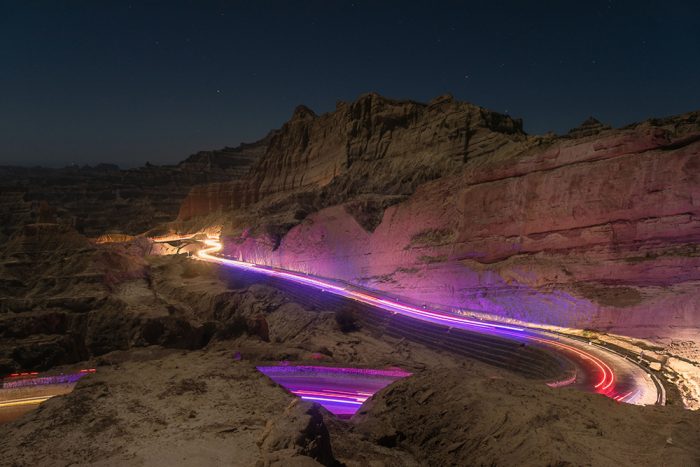
 Shehzad Mohammad: Capturing the night sky and celestial bodies has been a profound and exhilarating journey for me. Situated in Pasni, Balochistan, provides a unique advantage, as it boasts some of the most pristine and mesmerizing dark skies in our country.
Shehzad Mohammad: Capturing the night sky and celestial bodies has been a profound and exhilarating journey for me. Situated in Pasni, Balochistan, provides a unique advantage, as it boasts some of the most pristine and mesmerizing dark skies in our country.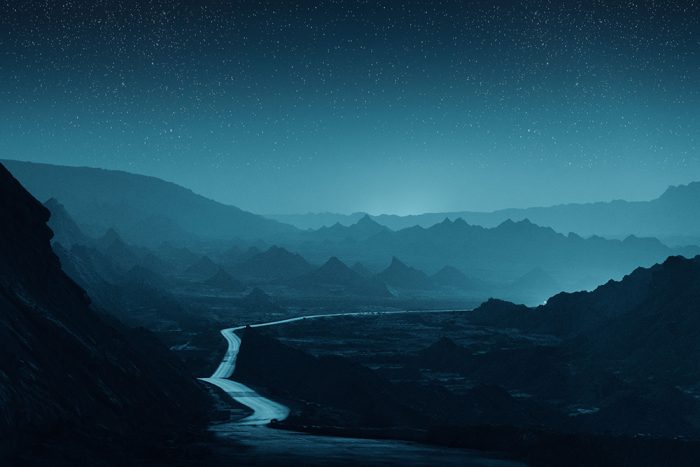
 Shehzad Mohammad: From my perspective, here’s some advice for fellow travellers: approach each journey with an open heart, embracing and respecting every culture, religion, and individual you encounter, as well as the natural world. If denied entry to a specific area, graciously accept it and depart with a genuine apology. If you find a captivating camping spot already occupied, seek permission from the residents and proceed only if granted, demonstrating sincere respect.
Shehzad Mohammad: From my perspective, here’s some advice for fellow travellers: approach each journey with an open heart, embracing and respecting every culture, religion, and individual you encounter, as well as the natural world. If denied entry to a specific area, graciously accept it and depart with a genuine apology. If you find a captivating camping spot already occupied, seek permission from the residents and proceed only if granted, demonstrating sincere respect.
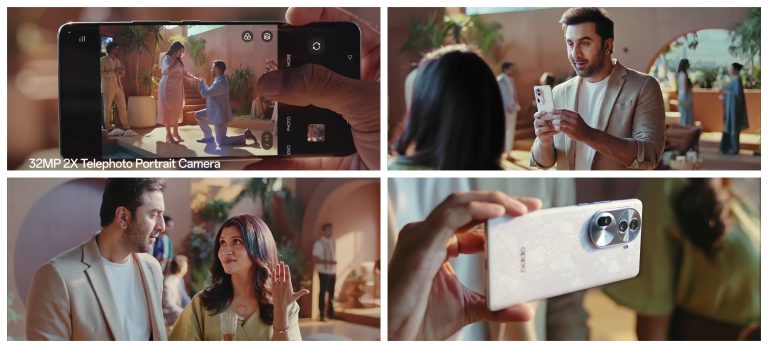




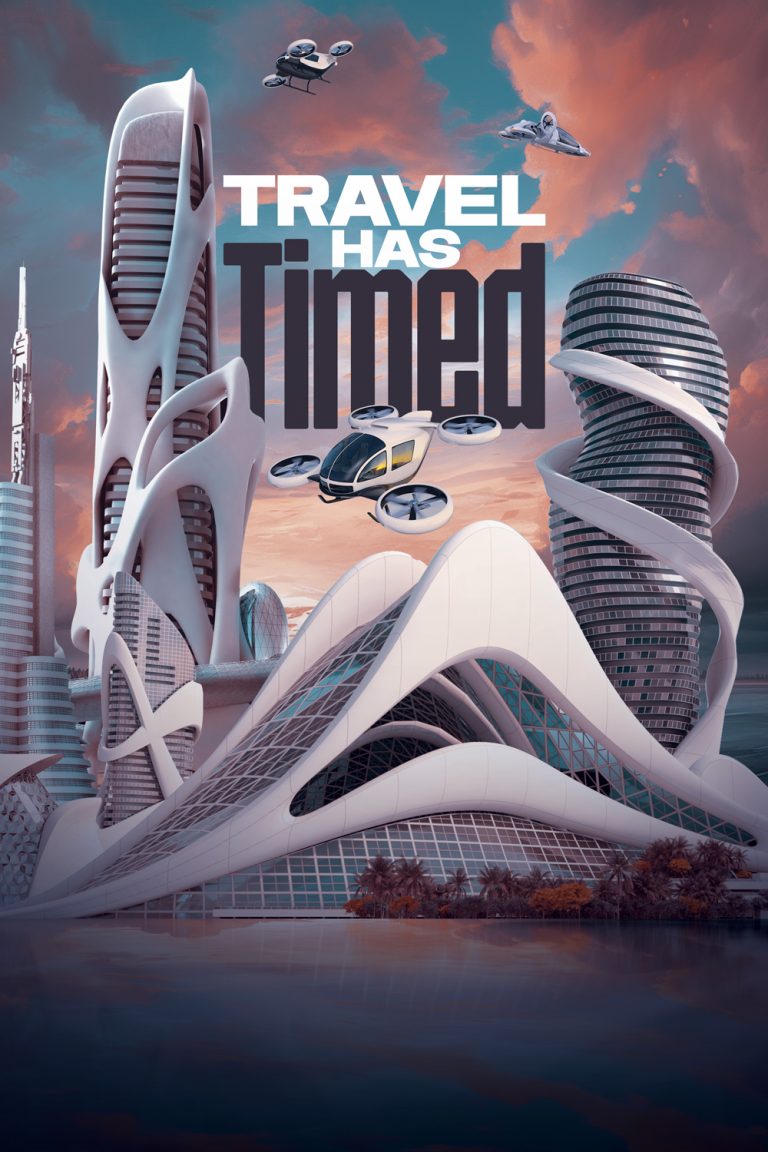

 The targeted pool of customers was being hammered with the fact that services of SCB credit cards should be used to get air travel miles or the Emirates Skywards when booking flights from Emirates Airlines. Apart from the Batu caves, there were at least four to five other destinations from around the globe, which were also being used in their advertisements to entice their customer pool and customer pool to be.
The targeted pool of customers was being hammered with the fact that services of SCB credit cards should be used to get air travel miles or the Emirates Skywards when booking flights from Emirates Airlines. Apart from the Batu caves, there were at least four to five other destinations from around the globe, which were also being used in their advertisements to entice their customer pool and customer pool to be.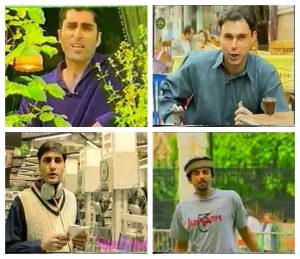
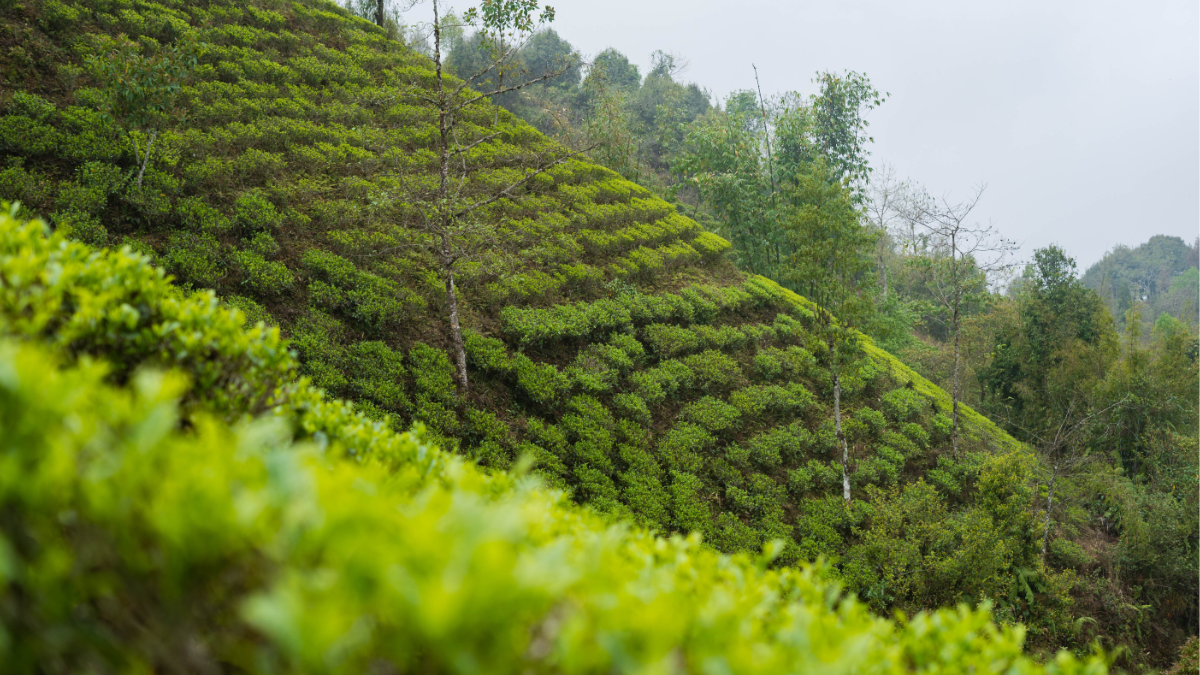



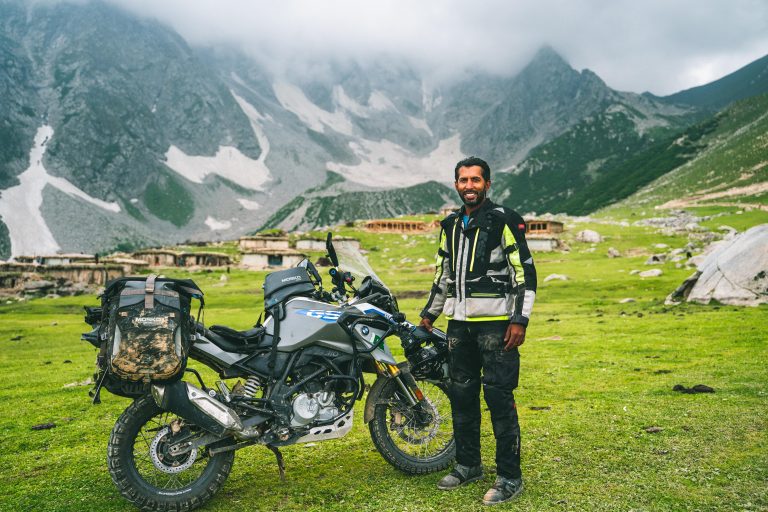
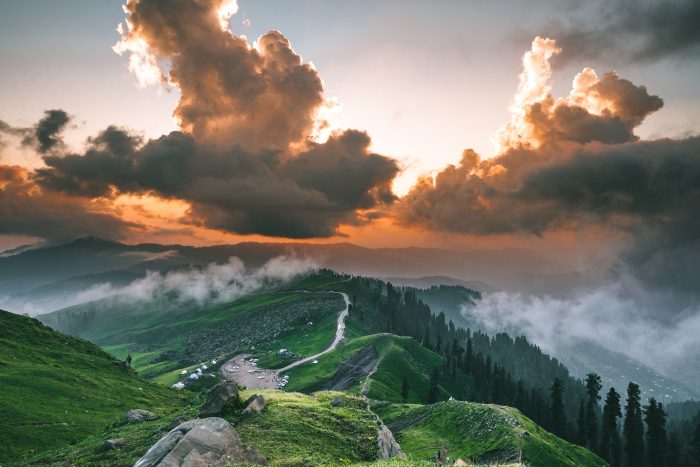
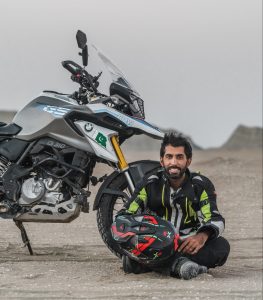
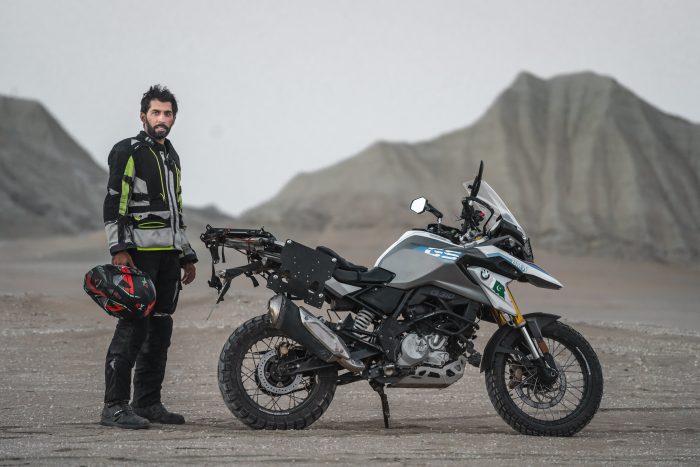
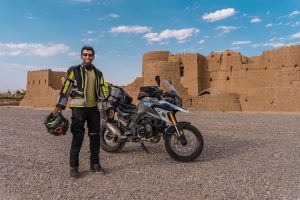 Abrar Hassan: Unfortunately, the Pakistani market is very small, and it is very hard for all newcomers to survive there. To this day, I haven’t secured enough sponsors to support my travels. PR agencies often prefer to allocate campaigns to individuals with whom they have previously collaborated and are not open to supporting other content creators. I discovered this in the initial days of my journey and decided not to rely on any sponsors. Instead, I focused on monetizing my content on YouTube effectively, such as by adding subtitles to reach a wider audience in foreign countries. My primary source of income is from YouTube, and without it, I wouldn’t be able to travel.
Abrar Hassan: Unfortunately, the Pakistani market is very small, and it is very hard for all newcomers to survive there. To this day, I haven’t secured enough sponsors to support my travels. PR agencies often prefer to allocate campaigns to individuals with whom they have previously collaborated and are not open to supporting other content creators. I discovered this in the initial days of my journey and decided not to rely on any sponsors. Instead, I focused on monetizing my content on YouTube effectively, such as by adding subtitles to reach a wider audience in foreign countries. My primary source of income is from YouTube, and without it, I wouldn’t be able to travel.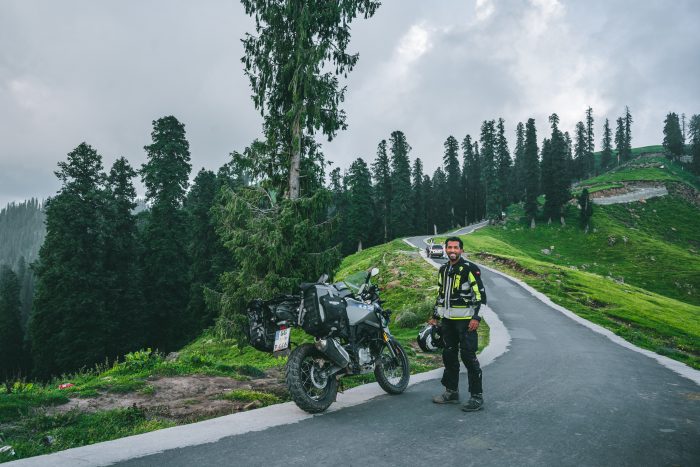
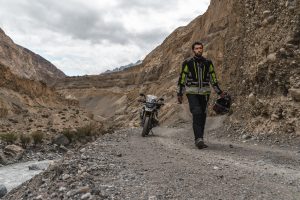 Abrar Hassan: I’ve been very fortunate to live my life the way I always wanted and explore different cultures, cuisines, histories, etc. I’ve loved my travels through India, Iran, Turkey, Saudi Arabia, Oman, etc. I love the food in India, and the biggest surprise was the difference in local food from Kerala to Punjab. Every state has its own food, which is completely different from neighboring states. My favourite foods in India were Dosa, Chicken Parotta wrapped in a banana leaf, Fish Thali in Goa, Misal Pav & Vada Pav in Maharashtra, Vegetable Thali in Gujarat, Rajasthani Thali, Cholay Batooray in Delhi, and Amritsari Kulcha. During my time in the Middle East, I absolutely loved Lebanese and Palestinian foods.
Abrar Hassan: I’ve been very fortunate to live my life the way I always wanted and explore different cultures, cuisines, histories, etc. I’ve loved my travels through India, Iran, Turkey, Saudi Arabia, Oman, etc. I love the food in India, and the biggest surprise was the difference in local food from Kerala to Punjab. Every state has its own food, which is completely different from neighboring states. My favourite foods in India were Dosa, Chicken Parotta wrapped in a banana leaf, Fish Thali in Goa, Misal Pav & Vada Pav in Maharashtra, Vegetable Thali in Gujarat, Rajasthani Thali, Cholay Batooray in Delhi, and Amritsari Kulcha. During my time in the Middle East, I absolutely loved Lebanese and Palestinian foods.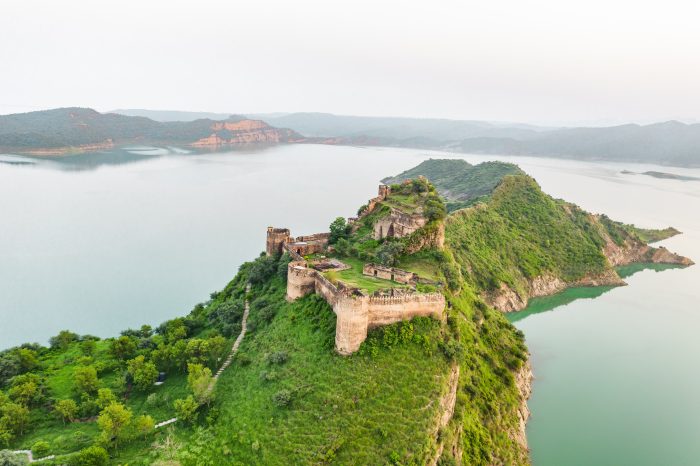
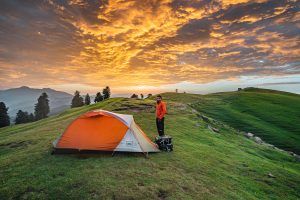 Abrar Hassan: Managing expenses is very important to me, and I prefer to travel without luxury and spend money on experiences. I avoid staying in luxury hotels, and eating expensive foods and instead carry my own tent for camping. Since I’m making videos, I stay more frequently in hotels so I can charge my equipment, edit my videos, and have good internet to upload my videos. This has increased my travel costs significantly, as I often have to stay all day in a hotel to edit videos on the go. My personal tips would be to carry your own camping equipment, be flexible with your itinerary, and try to meet locals as much as possible. This can help in finding cheap accommodation, and sometimes, locals may even invite you to stay with them.
Abrar Hassan: Managing expenses is very important to me, and I prefer to travel without luxury and spend money on experiences. I avoid staying in luxury hotels, and eating expensive foods and instead carry my own tent for camping. Since I’m making videos, I stay more frequently in hotels so I can charge my equipment, edit my videos, and have good internet to upload my videos. This has increased my travel costs significantly, as I often have to stay all day in a hotel to edit videos on the go. My personal tips would be to carry your own camping equipment, be flexible with your itinerary, and try to meet locals as much as possible. This can help in finding cheap accommodation, and sometimes, locals may even invite you to stay with them.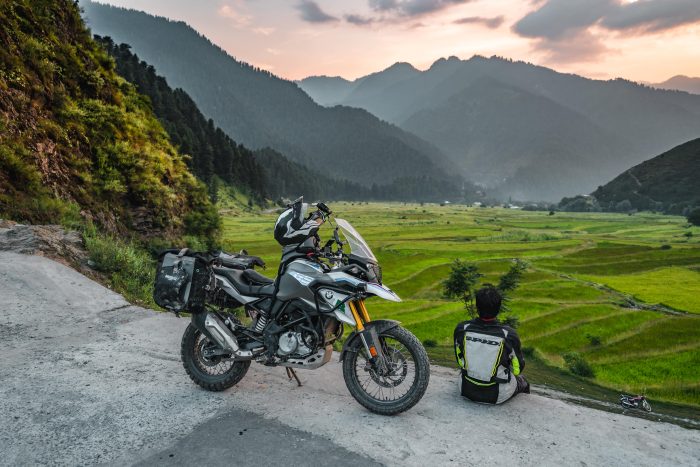
 Abrar Hassan: I have always loved traveling, and from the day I started making videos, I aspired to turn it into a full-time job. I worked very hard, and after four years, I was able to quit my job. My family has always been very supportive, and without their support, I couldn’t have done it. The advice is simple: do what you love and give it your 100%. My passion is traveling, and my job is making videos. I strive to come up with good content all the time. I create my videos for my viewers, not for myself, so I plan accordingly. Their likes and dislikes matter a lot, so it is important to analyze them from time to time.
Abrar Hassan: I have always loved traveling, and from the day I started making videos, I aspired to turn it into a full-time job. I worked very hard, and after four years, I was able to quit my job. My family has always been very supportive, and without their support, I couldn’t have done it. The advice is simple: do what you love and give it your 100%. My passion is traveling, and my job is making videos. I strive to come up with good content all the time. I create my videos for my viewers, not for myself, so I plan accordingly. Their likes and dislikes matter a lot, so it is important to analyze them from time to time.
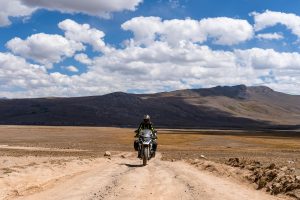
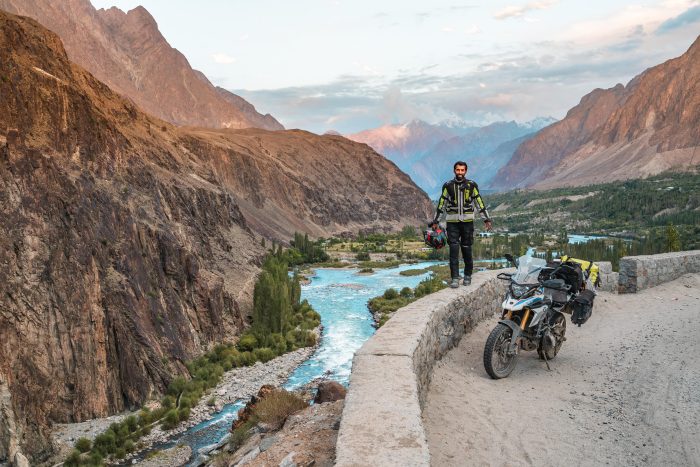
 Abrar Hassan: I love exploring every country, and hopefully, I will be able to fulfill my dream. There are still regions I have yet to explore, such as Central Asia, Africa, and Southeast Asia. One day, I aspire to ride from Alaska to Ushuaia in Argentina. South America is amazing and incredibly diverse; I visited a few years ago but wasn’t creating any videos at the time. Every place I’ve visited holds special value, and the destinations I have yet to explore are already on my to-do list. It’s challenging to pinpoint a specific place that holds more in my heart. Perhaps a second
Abrar Hassan: I love exploring every country, and hopefully, I will be able to fulfill my dream. There are still regions I have yet to explore, such as Central Asia, Africa, and Southeast Asia. One day, I aspire to ride from Alaska to Ushuaia in Argentina. South America is amazing and incredibly diverse; I visited a few years ago but wasn’t creating any videos at the time. Every place I’ve visited holds special value, and the destinations I have yet to explore are already on my to-do list. It’s challenging to pinpoint a specific place that holds more in my heart. Perhaps a second 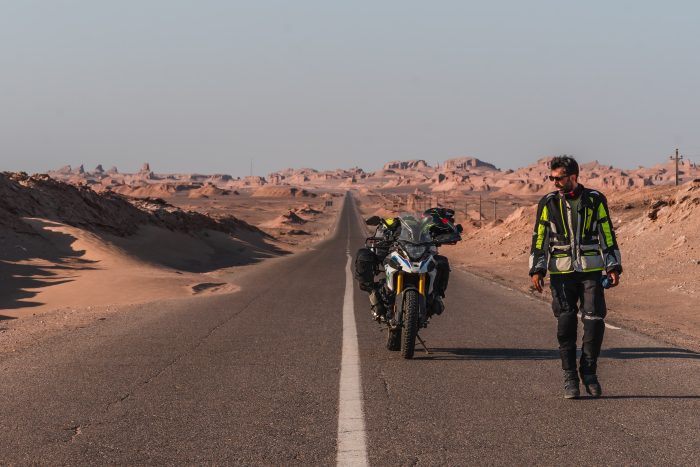
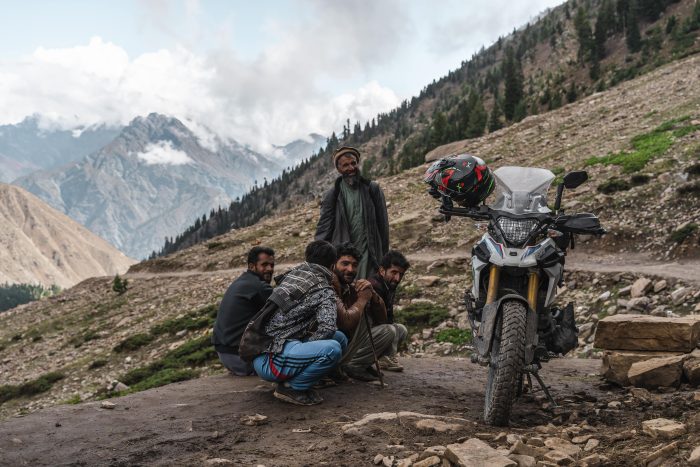
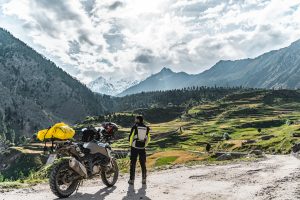 Synergyzer: Traveling on a low budget has been part of your journey. Can you share some practical tips for budget-conscious travelers looking to embark on similar adventures?
Synergyzer: Traveling on a low budget has been part of your journey. Can you share some practical tips for budget-conscious travelers looking to embark on similar adventures?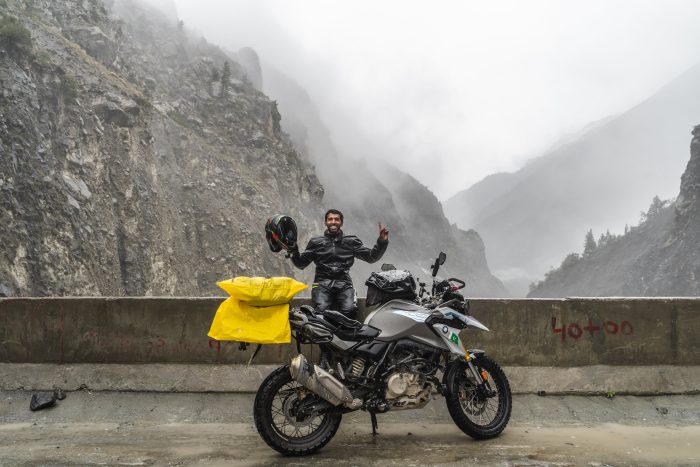
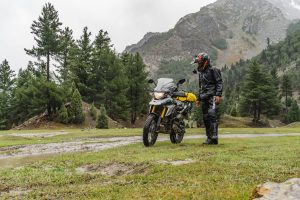 Abrar Hassan: My next destination is most likely Africa, and following that, I’m considering a motorcycle journey from Pakistan to Central Asia and then on to Southeast Asia, and so forth.
Abrar Hassan: My next destination is most likely Africa, and following that, I’m considering a motorcycle journey from Pakistan to Central Asia and then on to Southeast Asia, and so forth.